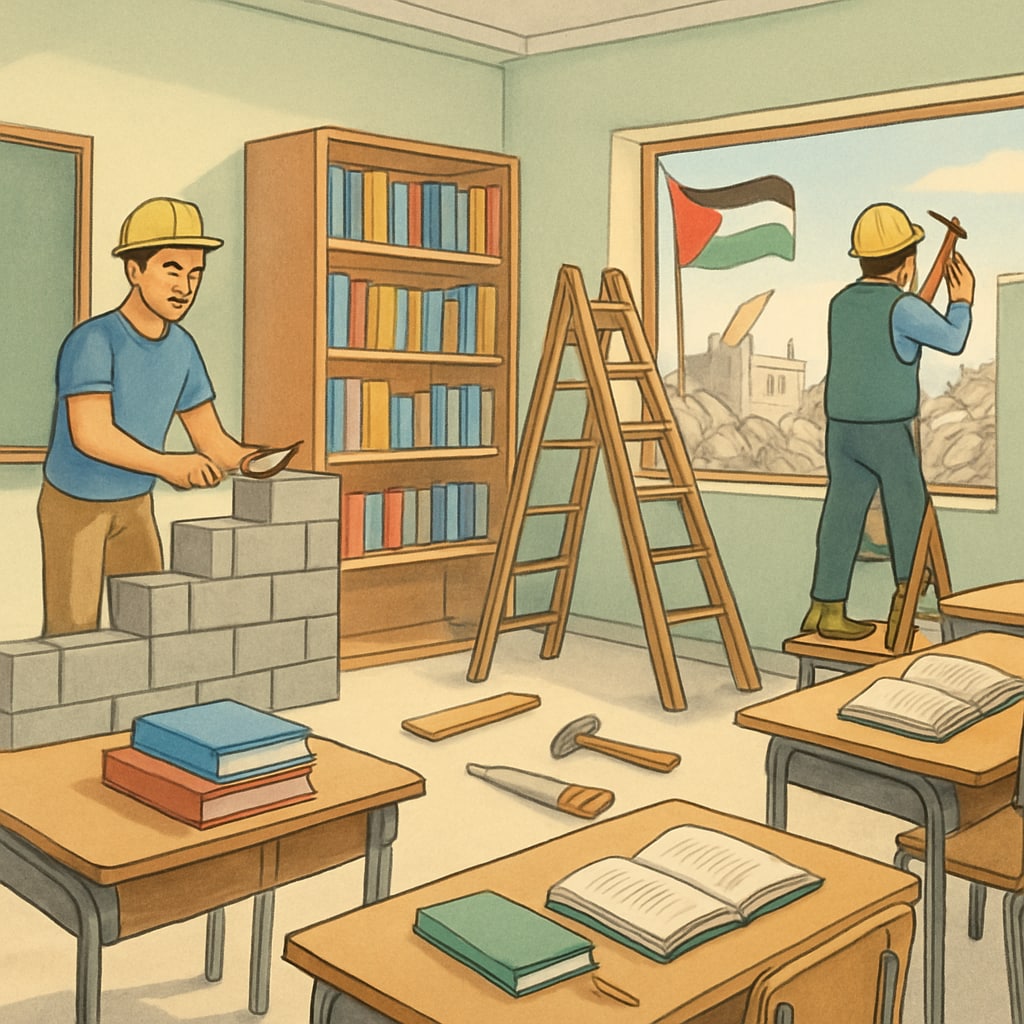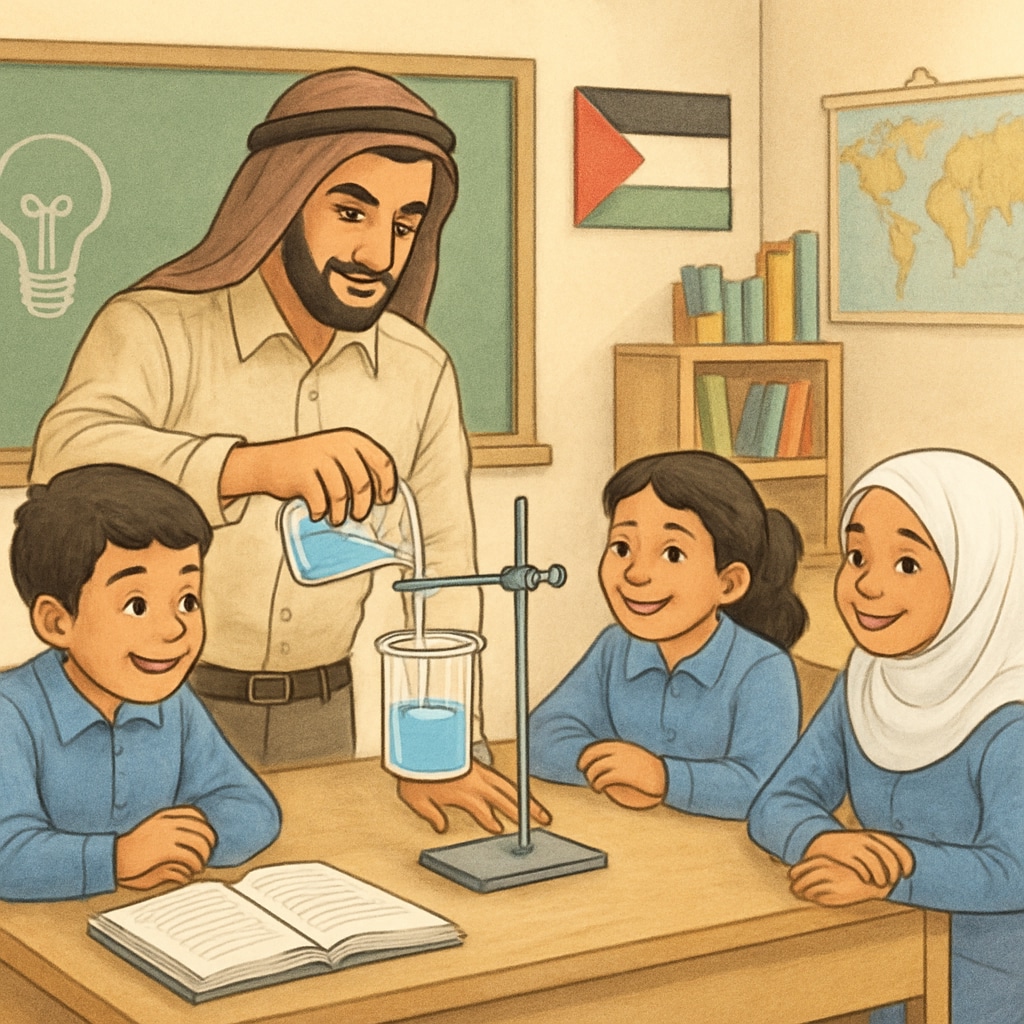Designing a curriculum for science and social studies in schools within Gaza poses unique challenges and opportunities. In a region recovering from conflict, creating an educational framework that supports academic growth while addressing cultural and political sensitivities is crucial. This article explores strategies to develop a balanced teaching framework, ensuring that the curriculum meets international standards and resonates with the local community’s needs.

Challenges in Developing a Science and Social Studies Curriculum
Creating a curriculum for Gaza schools comes with distinct hurdles. These challenges include:
- Infrastructure Limitations: Many schools in Gaza lack proper facilities like laboratories and libraries, which are essential for science education. This limits the hands-on experiences students can have.
- Cultural Sensitivity: Social studies must address local traditions and history while promoting critical thinking, making the content development process complex.
- Political Context: The region’s political environment can influence the perception of topics like history or geography, requiring careful framing to avoid controversy.
- Trauma-Informed Education: Given the psychological impact of the conflict on students, the curriculum must incorporate trauma-sensitive teaching practices.
Despite these challenges, the opportunity to rebuild and innovate in education offers hope for a better future.
Principles for Science Education in Gaza Schools
Science education plays a critical role in fostering analytical skills and innovation. Here are some principles to guide the development of science curricula in Gaza:
- Focus on Accessibility: Design lesson plans that use locally available resources. For example, experiments can be simplified using everyday materials.
- Promote Inquiry-Based Learning: Encourage students to ask questions and explore solutions, fostering a culture of curiosity.
- Integrate Environmental Science: Address local environmental challenges, such as water scarcity and pollution, to make the curriculum relevant.
By following these principles, science education can inspire students to contribute to their community’s development.

Social Studies Curriculum: Balancing Tradition and Global Citizenship
Social studies curricula must strike a delicate balance between honoring local traditions and preparing students for global citizenship. Key considerations include:
- Highlighting Local History: The curriculum should include lessons on Gaza’s rich cultural heritage while fostering an understanding of global historical contexts.
- Promoting Critical Thinking: Students should be encouraged to analyze historical events and societal structures critically.
- Incorporating Peace Education: Topics on conflict resolution and empathy can help build a foundation for a more peaceful future.
This approach ensures that students develop a strong sense of identity while gaining an awareness of the world beyond their borders.
Opportunities for Innovation in Curriculum Design
The process of rebuilding education in Gaza also presents unique opportunities for innovation:
- Technology Integration: While resources are limited, leveraging digital tools where possible can enhance learning. For instance, open-source platforms can provide access to global educational resources.
- Collaborative Initiatives: Partnering with international organizations can bring in expertise and funding to support curriculum development.
- Community Involvement: Engaging parents and local leaders in the curriculum design process ensures that the content is culturally appropriate and widely accepted.
These innovative approaches can help overcome many of the challenges in curriculum development and foster a more resilient education system.
In conclusion, designing a science and social studies curriculum for Gaza schools is a complex but critical task. By addressing infrastructural and cultural challenges while seizing opportunities for innovation, educators can create a framework that not only meets academic standards but also empowers students to build a brighter future for their community.
Readability guidance: This article uses short paragraphs and lists to enhance clarity. Transition words (e.g., however, for example, as a result) are used throughout to ensure a smooth flow of ideas.


